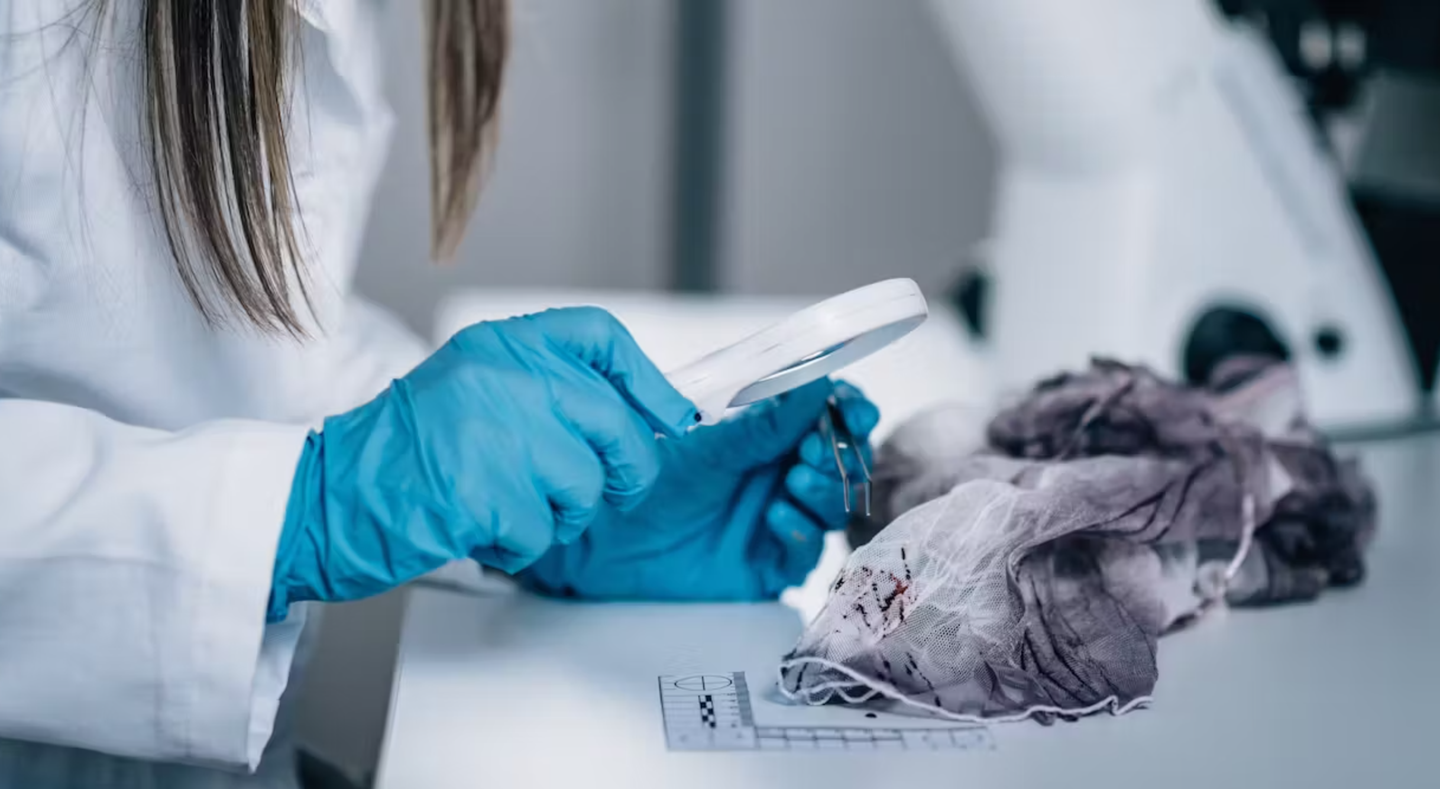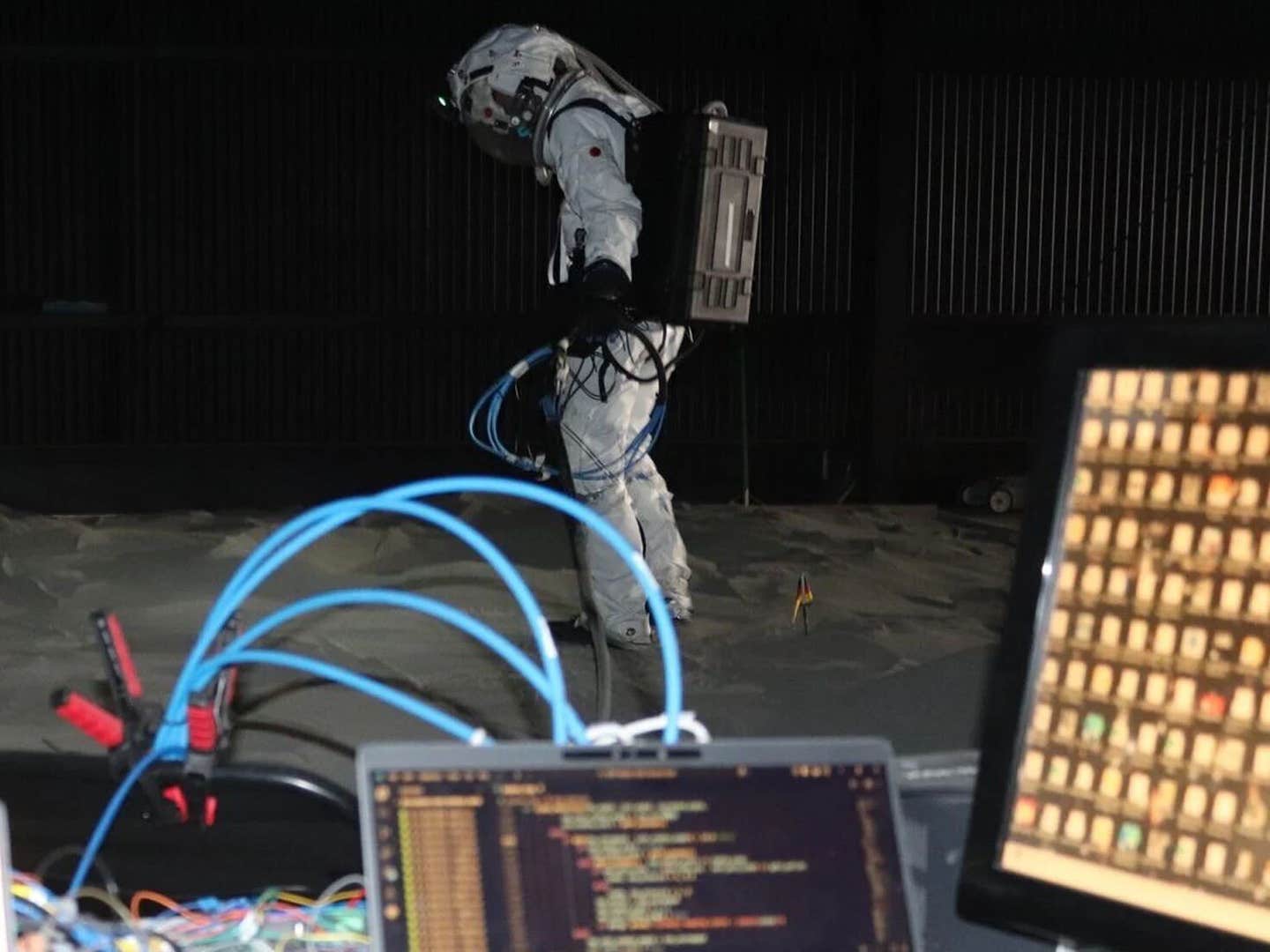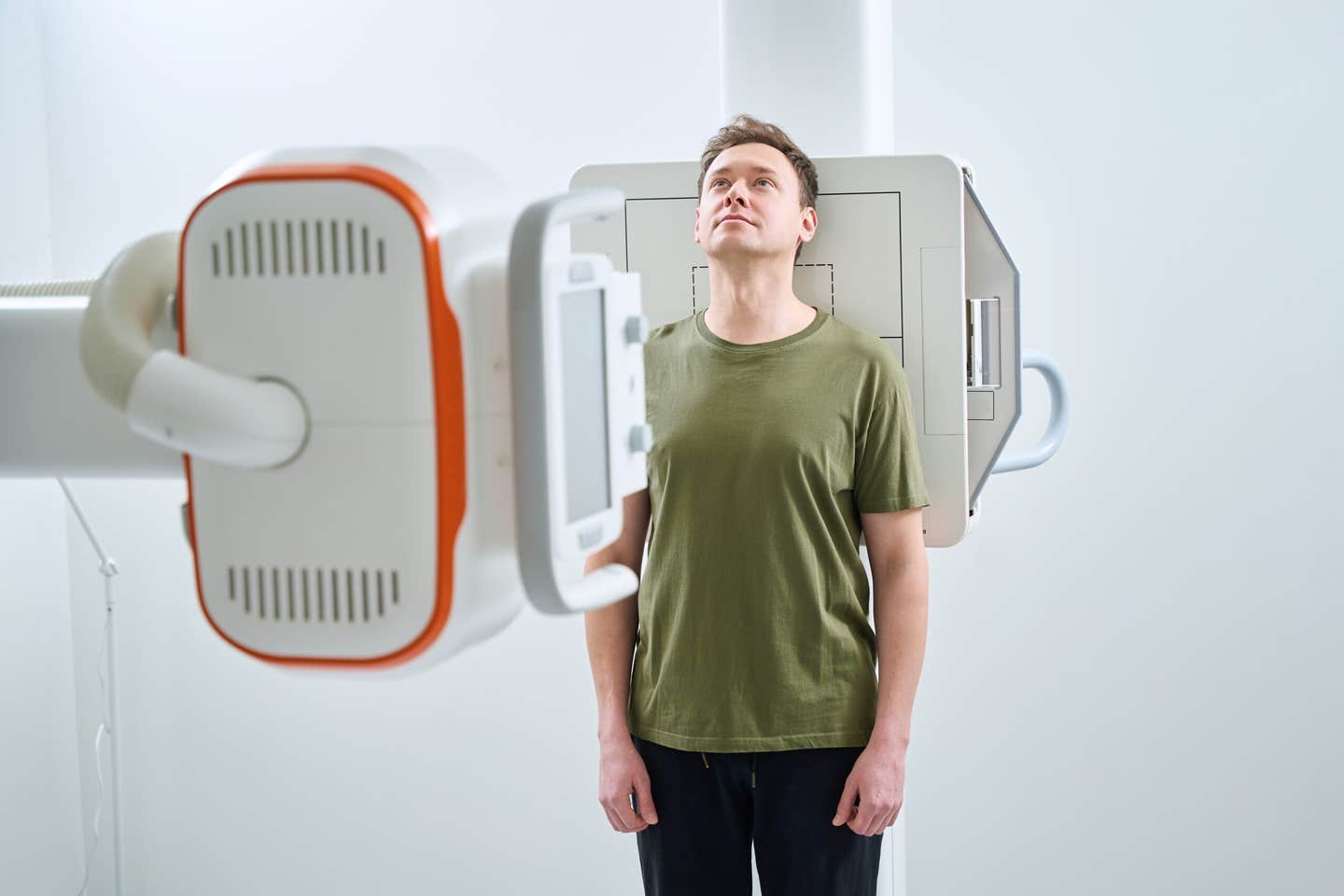Groundbreaking discovery could revolutionize forensic science, study finds
Study uncovered a network of approximately 20 microbes that drive the decomposition of animal flesh and revolutionizes forensic science

Most LEDs emit visible light, but RIKEN physicists have created an LED that emits in a narrow region in the far ultraviolet that is safe for humans but deadly for viruses and bacteria. (CREDIT: Creative Commons)
Researchers have uncovered a network of approximately 20 microbes that drive the decomposition of animal flesh, which could revolutionize forensic science.
Colorado State University Associate Professor Jessica Metcalf, senior author of the study published in Nature Microbiology, expressed excitement about the discovery and its potential impact on ecological research.
Understanding the decomposition of dead biological material, a fundamental process on Earth, is crucial. While organic plant waste decomposition is well-understood, vertebrate decomposition, including humans, remains less explored, hindering advancements in forensic science.
The study, funded by the National Institute of Justice, involved decomposing 36 cadavers at three forensic anthropological facilities under various climates and seasons.
Related Stories:
Skin and soil samples were collected over 21 days for each body, providing molecular and genomic data to construct a microbial community profile at each site.
Regardless of climate or soil type, approximately 20 specialist decomposing microbes were consistently found on all 36 bodies. These microbes followed a predictable arrival pattern during decomposition, with insects facilitating their presence. Metcalf highlighted the significance of this uniform microbial presence across diverse outdoor environments.
Forensic Implications
The consistent microbial makeup and timing observed have significant implications for forensic science. Metcalf, along with collaborators David Carter from Chaminade University of Honolulu and Rob Knight from the University of California San Diego, developed a tool utilizing machine learning to predict a body’s postmortem interval accurately.
Summary of study design. Köppen–Geiger climate map showing ARF and STAFS as ‘temperate without a dry season and hot summer’ and FIRS as ‘arid steppe cold’ adapted from ref. 23. Thirty-six cadavers in total were placed (N = 36), 3 per season for a sum of 12 at each location. (CREDIT: Nature Microbiology)
Carter emphasized the reliability of microbial evidence at death scenes, particularly in outdoor settings, where gathering information can be challenging. Nancy La Vigne, director of the National Institute of Justice, hailed the research's potential in aiding death investigations by accurately determining the time of death and assisting in identifying victims and potential suspects.
Origin of Microbial Community
In addition to identifying the universal decomposers, efforts were made to trace their origin. Surprisingly, these microbes were not found in soil or human microbiomes but were present on insects associated with decomposing bodies. This suggests that insects play a crucial role in transporting microbes to decomposition sites.
A universal decomposer network emerges across season, location and climate. Top 20% correlation values from features responsible for the universal late decomposition log-ratio signal in joint-RPCA PC2 visualized in a co-occurrence network. (CREDIT: Nature Microbiology)
The study builds upon over a decade of research by Metcalf, Carter, and Knight. Zach Burcham, a former postdoctoral student in Metcalf’s lab, highlighted the collaborative effort and the dataset's broad-ranging impacts from microbial ecology to forensic science.
Beyond forensic applications, Metcalf sees potential applications in agriculture and food industries. She aims to expand her research to explore differences in microbial ecology among vertebrates of varying sizes, opening avenues in basic ecology and nutrient cycling.
This research not only sheds light on ecological processes but also holds promise for various practical applications beyond forensic science.
For more science and technology stories check out our New Discoveries section at The Brighter Side of News.
Note: Materials provided above by The Brighter Side of News. Content may be edited for style and length.
Like these kind of feel good stories? Get the Brighter Side of News' newsletter.



